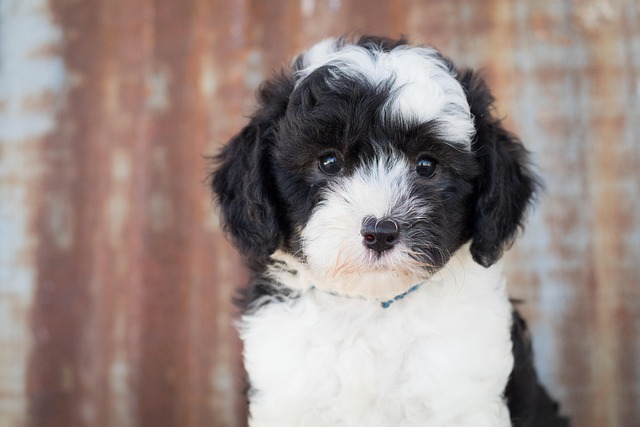
How do i train my dog to be obedient?
Watching your dog dart across the park ignoring your calls isn’t just frustrating—it can put them at risk near busy streets or public spaces.
It’s a sunny afternoon in your neighborhood park, and your 1-year-old bulldog mix, Duke, has zero interest in your calls. He’s planted himself by a bush, nose buried in the dirt, tail wagging at some invisible scent. You’ve tried everything—clapping, calling his name, even shaking his favorite toy—but he doesn’t budge, as if you’re speaking a different language. “Why is he so stubborn?” you mutter, frustration rising. If you’re a new dog owner, teaching a stubborn dog to recall feels like an uphill battle. But “stubborn” usually means confused, distracted, or unmotivated—not defiance. Fixing it means understanding their perspective, rebuilding trust, and fitting into your community’s kind pet culture.
Dogs labeled “stubborn” often have a good reason for ignoring recall: the command hasn’t been worth their while, or it’s linked to negative experiences. A certified trainer in Atlanta explained: “Dogs don’t understand ‘obedience’—they understand ‘what gets me good things.’” If “come” sometimes means treats but other times means the walk ending or a bath, they’ll hesitate. Their natural instincts also kick in: a squirrel, a new dog, or even a interesting rock triggers their “explore first” brain, which overrides your call if exploration feels more rewarding. She shared a story: a beagle whose owner used “come” only to put him in his crate after playtime. “He learned to ignore it because ‘come’ meant fun stopping,” she said. Yelling or chasing makes it worse—dogs see it as a game, running faster to “win” the chase, not toward you. Their brains thrive on calm, consistency, and clarity, not stress.

Teaching a stubborn dog to recall starts with making “come” the best decision they’ll make all day. First, hit reset: stop using “come” when you know they’ll ignore it—save it for moments you can guarantee success. Start indoors, where distractions are low: kneel down, open your arms, and say “Duke, come!” in a warm, excited tone, not a scolding one. When he lumbers over (even slowly), give him a “jackpot” reward—two treats, a belly rub, and his favorite toy for 30 seconds. Make it so good he’ll wonder, “Why didn’t I come sooner?” Gradually move to the yard, then quiet streets, adding tiny distractions (like a rustling leaf) as he improves. If he freezes in the park, don’t chase—sit down, pull out a piece of cheese (his ultimate weakness), and start talking to yourself. Curiosity will bring him over eventually, and that cheese will teach him “coming = awesome.” Never scold him when he finally arrives; that turns recall into a punishment, not a privilege.
Recall training ties into being a responsible member of your pet community. First, stay legally on track: rabies vaccines are mandatory in all U.S. states, and keeping those records handy helps if park staff ask. When practicing in shared spaces, always carry poop bags—cities like Austin fine up to $200 for leaving waste, and it keeps the park enjoyable for everyone. In apartments, practice recall during quiet hours to avoid disturbing neighbors; short 5-minute sessions before his meal work best, when he’s already focused on you. Remember, cultural norms matter: scolding or yanking on the leash breaks trust, while positive reinforcement (praise, treats, play) builds it. A vet in Chicago notes that 90% of “stubborn” behavior fades when dogs feel safe and rewarded for listening. Duke isn’t being difficult—he just needs clearer signals that coming to you is better than whatever’s keeping him busy.
Watch Duke now, perking up when you call from across the park. He trots over, tail wagging, knowing a treat and a game of tug await. The “stubborn” label fades when recall becomes the best part of his day—not a chore. With patience and positivity, even the most “stubborn” dogs learn that coming to you is always worth it.

Watching your dog dart across the park ignoring your calls isn’t just frustrating—it can put them at risk near busy streets or public spaces.

New puppy owners often find themselves rushing to clean up accidents before they set in, and that’s where puppy pad training becomes a game-changer.

If you've noticed your dog's waistline disappearing and your veterinarian has mentioned those few extra pounds, your first instinct might be to simply reduce the amount of food in their bowl.

Training a dog to use a designated spot indoors isn’t as daunting as many new owners fear, but it does take consistency and an understanding of your pet’s needs.

That moment of dread on a walk is all too familiar for many new dog owners. You see another dog approaching down the sidewalk of your neighborhood

If the sight of another dog on your neighborhood walk makes your heart sink as your own dog erupts into a frenzy of barking and lunging, you're not alone.